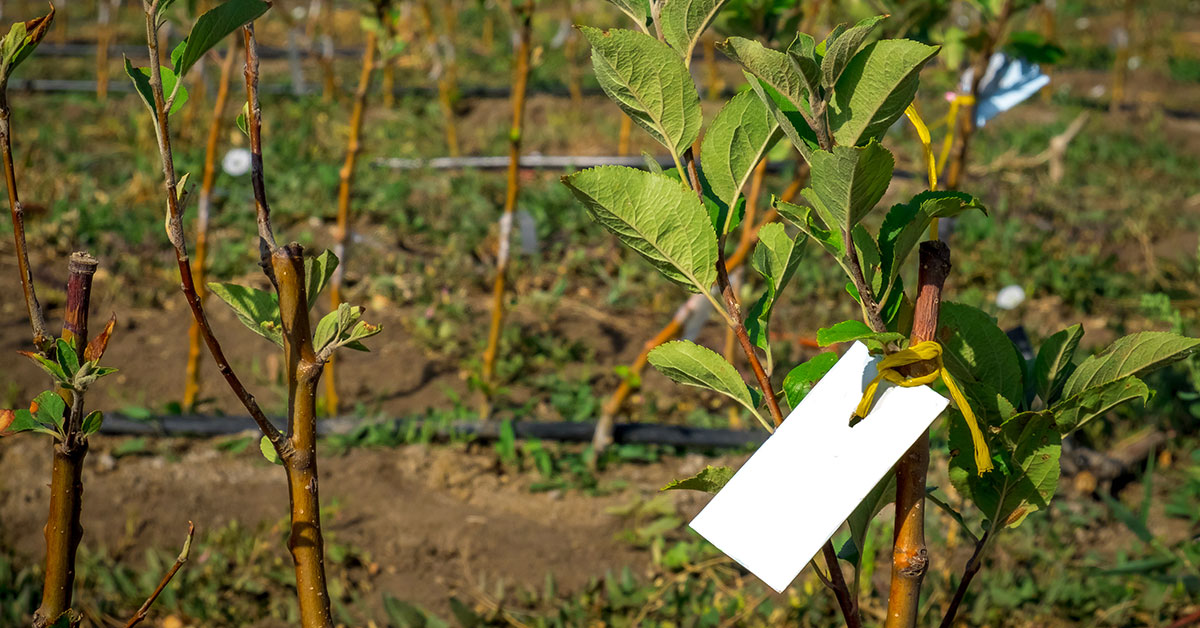Pear trees are a delightful addition to any garden or orchard, offering not only beautiful blossoms in the spring but also an abundance of delicious fruit in the late summer and fall. To ensure optimal growth and productivity, it is crucial to provide these trees with the right nutrients. Fertilizing pear trees is a key aspect of their care, as it helps promote healthy root development, sturdy branches, and bountiful harvests. In this article, we will explore the various factors to consider when selecting a fertilizer for pear trees, including the essential nutrients they require, the different types of fertilizers available, and some top recommendations to help you make an informed decision.
Whether you are a seasoned gardener or a novice enthusiast, this guide will equip you with the knowledge to nourish your pear trees and enjoy their luscious fruits for years to come.
Do Pear Trees need to be fertilized?
Yes, pear trees benefit from regular fertilization to ensure healthy growth and fruit production. Fertilizing pear trees provides essential nutrients that may be lacking in the soil, promoting strong root development, foliage growth, and the formation of high-quality fruits. It is recommended to fertilize pear trees in early spring before new growth begins.
A balanced fertilizer with a ratio of nitrogen (N), phosphorus (P), and potassium (K), such as a 10-10-10 or 14-14-14, is suitable for pear trees. However, it is essential to consider the specific nutrient requirements of your soil, which can be determined by a soil test. When applying fertilizer, spread it evenly around the base of the tree, avoiding direct contact with the trunk.
Water the area thoroughly after fertilization to help the nutrients penetrate the soil. Be cautious not to over-fertilize, as excessive nitrogen can lead to excessive vegetative growth at the expense of fruit production. Additionally, organic fertilizers, such as compost or well-rotted manure, can be beneficial for pear trees. These organic materials improve soil structure, increase nutrient availability, and promote beneficial microbial activity. Regular fertilization, combined with proper watering and pruning, will help maintain the health and productivity of your pear trees.
The best fertilizer for Pear Trees
The best fertilizer for growing Pear Trees is one that is balanced and provides a good mix of essential nutrients. Pear trees generally require fertilizers that are higher in nitrogen (N) during the early stages of growth to promote healthy foliage development. As the tree matures and begins to bear fruit, a fertilizer with a higher phosphorus (P) and potassium (K) content is beneficial for promoting flower and fruit production.
A recommended fertilizer for Pear Trees is a granular, slow-release fertilizer with an NPK ratio of around 10-10-10 or 14-14-14. This means the fertilizer contains equal parts of nitrogen, phosphorus, and potassium. Apply the fertilizer in early spring before new growth begins, following the manufacturer’s instructions for application rates.
Additionally, incorporating organic matter such as compost or well-rotted manure into the soil around the base of the tree can provide additional nutrients and improve soil fertility. Regularly mulching around the tree with organic mulch, such as wood chips or straw, can also help retain moisture and provide a slow release of nutrients as the mulch breaks down.
Remember to always water the tree thoroughly after applying fertilizer to ensure the nutrients are absorbed by the roots. It’s also important to monitor the tree’s growth and adjust the fertilizer application rates accordingly, as different soil conditions and tree health can affect nutrient requirements.
When to fertilize Pear Trees
The ideal time to fertilize pear trees is in early spring, just before new growth begins. This is typically around late February to early March, depending on your specific climate and region. Fertilizing at this time allows the tree to take advantage of the nutrients as it starts to actively grow and develop. It is important to avoid fertilizing too late in the season, as this can stimulate late growth that may not have enough time to harden off before winter, potentially leading to winter damage.
Common issues with fertilizing Pear Trees
When fertilizing pear trees, several common issues or problems can arise. Here are a few:
- Nutrient imbalances: Over-fertilization or incorrect ratios of nutrients can lead to nutrient imbalances. Excessive nitrogen can promote excessive vegetative growth at the expense of fruit production. On the other hand, insufficient nutrients can result in stunted growth, poor fruit development, and overall tree decline.
- Burned roots: Fertilizers contain salts, and if applied excessively or too close to the tree’s trunk, they can cause root burn. This can lead to root damage, reduced nutrient uptake, and overall tree stress.
- Environmental impact: Improperly applied fertilizers can leach into groundwater or runoff into nearby water bodies, causing pollution. It is essential to follow recommended application rates and timing to minimize environmental impact.
- pH imbalance: Pear trees prefer slightly acidic to neutral soil pH (around 6.0-7.0). Over-fertilization with acidic fertilizers can lower soil pH, making it too acidic for the tree’s optimal growth. Conversely, using alkaline fertilizers can raise the pH, leading to nutrient deficiencies. Regular soil testing can help monitor and adjust pH levels accordingly.
- Nutrient deficiencies: Pear trees may exhibit nutrient deficiencies if they are not adequately fertilized. Common deficiencies include nitrogen (yellowing leaves), phosphorus (poor fruit development), potassium (weak branches and reduced fruit quality), and micronutrients like iron, zinc, or manganese (leaf discoloration or stunted growth).
To avoid these issues, it is crucial to follow proper fertilization practices. This includes using a balanced fertilizer specifically formulated for fruit trees, applying it at the recommended rates and timing, and ensuring even distribution around the tree’s drip line. Regular soil testing can help identify nutrient deficiencies or imbalances, allowing for targeted fertilization. Additionally, incorporating organic matter into the soil can improve nutrient availability and overall tree health.













